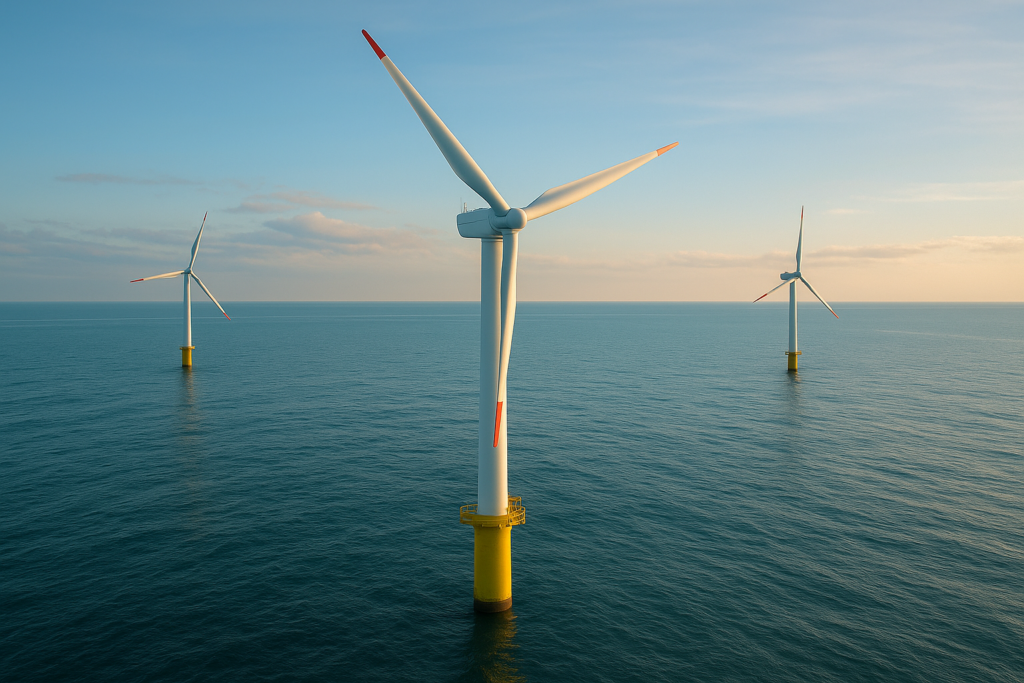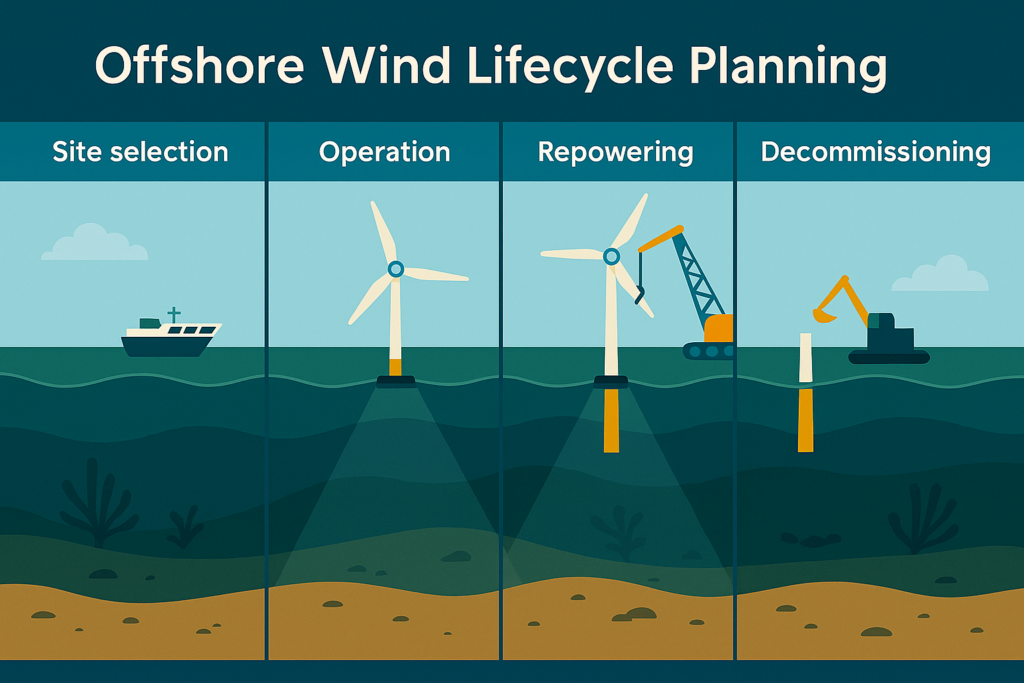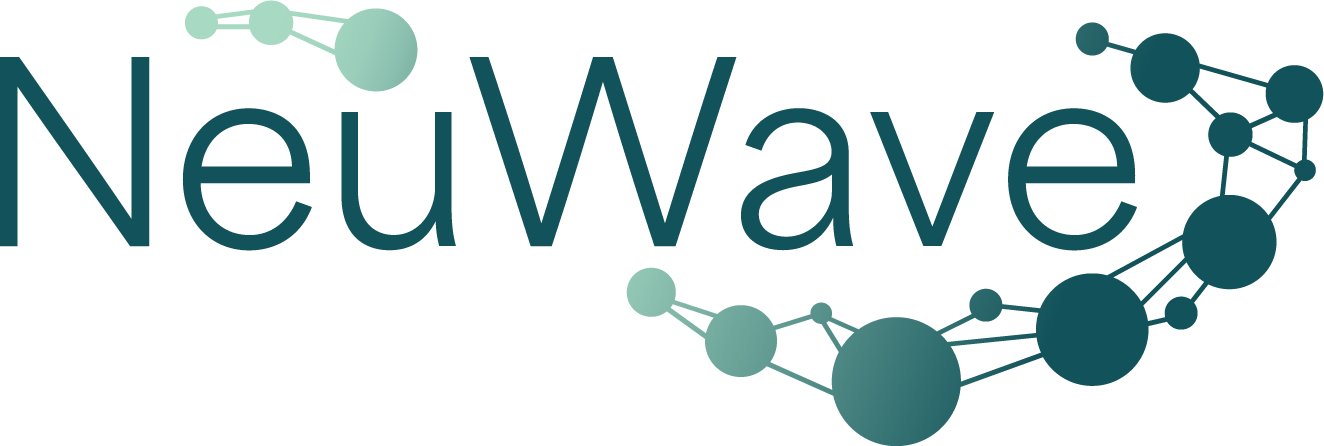The next generation of Environmental Intelligence (EI) platforms will be critical for effective site selection, regulatory compliance, service vessel navigation, and long-term planning in the offshore sector.
But too often, developers aren’t asking the questions that matter the most when it comes to choosing the right platform.
This guide breaks down what you should be looking for in your environmental analysis tools, and how to choose the platform that works best for your specific offshore development project needs.

The cost of getting it wrong – risk and delay in environmental planning
When planning offshore developments, small oversights can lead to significant delays and serious consequences.
Developers are under increasing pressure to de-risk their projects early on, as the cost of getting environmental planning wrong is regulatory, reputational, and potentially incompatible with climate targets.
Inadequate environmental data, poor site screening, and failure to align with evolving sustainability and marine conservation policies continue to be the most common reasons for project delay (or outright rejection). These issues don’t just slow down individual projects, they jeopardise net–zero timelines and targets for both the UK and EU.
Delays and high-risk siting decisions – especially in deeper waters and more hostile environments – are driving up insurance premiums, as well. That’s making financial close harder to reach, and slowing down the pace of deployment just when acceleration is needed most. Ultimately, this all means less clean energy on the grid.
This is where environmental intelligence earns its keep: spotting spatial overlaps, outdated datasets, or gaps in regulatory alignment before they derail a project. If your platform can’t catch these red flags early, you’ll spend more time fighting fires than building turbines.
Don’t let data decisions derail your timelines…
Spot risks early and align with regulators from the get go with the NeuWave MVP platform – empowering development teams to make confident, compliant decisions in offshore wind farm planning.
5 Key Questions When Choosing an Environmental Intelligence Tool
1. Alignment with evolving regulatory frameworks
| What to ask: Does this platform keep pace with regulatory shifts? |
As regulatory frameworks evolve rapidly, offshore developers must ensure their intelligence tools are equipped to keep pace. In January (2025), the UK government announced its ambition to become a “clean energy superpower” and announced measures unlocking up to 13 new offshore wind projects.
This is multidimensional; running alongside the push for increased development is also a renewed commitment to marine environmental protection; seabed and marine ecosystems won’t be sacrificed in the race for cleaner energy.
Marine Protected Areas (MPAs) are being newly established or expanded across priority British water regions, and management of MPAs is being tied increasingly to streamlined environmental compensation processes and consenting mechanisms. In short, these areas now benefit from collective environmental funds (intended to both speed up permitting and ensure environmental protections).
Offshore wind is at the centre of the energy transition.
Offshore wind regulations:
- CfD: The UK’s primary funding scheme for offshore wind, guarantees long-term price stability and revenue for low-carbon generators, de-risks early-stage site planning.
- OWEIP: Policy package reforming offshore wind consenting by standardising monitoring, improving environmental data, and protecting biodiversity through strategic planning and mitigation.
With multiple updates in 2025 alone, and more inevitably to come with such a rapidly growing industry, choosing a tool that tracks and responds to these shifts is essential for compliance, efficiency, and future-proofing.
Any platform informing your offshore wind project (at any stage of development!) needs to adapt to the UK’s regulatory frameworks. In practice this means environmental intelligence tools should help developers to visualise MPAs, assess potential conflicts, and identify appropriate mitigation strategies that align with collective fund requirements.
2. Integration with Marine Spatial Planning (MSP) initiatives
| What to ask: Does the tool integrate with current MSP frameworks and datasets? |
Marine Spatial Planning (MSP) has become essential infrastructure for offshore wind developments in 2025. As the UK ramps up investment and deployment of renewables projects, developers are under increasing pressure to prove projects fit within broader ecological and economic goals.
New updates to best practice guidelines from DEFRA, Renewable UK and Carbon Trust sets the tone: standardised post-content monitoring and a more strategic use of spatial data across regions. The goal is offshore wind farms that are designed with a full awareness of surrounding marine activity.
To conform with these guidelines, your environmental intelligence tool can’t just map waves and wildlife patterns; it needs to speak the same standard language as national MSP and provide GIS-ready spatial datasets.
If your data doesn’t plug into the standardised MSP framework, you’re going to be left behind.
The right platform should help you envision overlapping marine uses (e.g. shipping lanes, MPAs, fisheries, cable corridors), identify constraints early, and generate insights that are backed by provable data.
It’s not just about site selection, but site justification
If your platform can’t help you see potential conflicts before regulators do, it’s a gamble not a plan. NeuWave generates GIS-ready environmental intelligence reports that accurately flag spatial conflicts, visualise cumulative impacts, and align seamlessly with the UK’s MSP frameworks.
3. Facilitation of end-of-life planning (offshore wind)
| What to ask: Does the tool provide insights for decommissions, repowering, or lifetime extension of offshore wind assets? |
While the industry has undoubtedly expanded, offshore wind farms have operated across the UK’s coastlines for decades. As the UK’s offshore wind sector matures, a significant portion of its operational capacity is approaching the end of its lifespan.
Over 10GW of the UK’s offshore wind capacity will retire in the next 25 years, and the decision for many is whether to decommission, extend, or repower assets. And the government’s focus on energy security and net-zero targets is prioritising repowering efforts. So, critically, end-of-life isn’t the end of value if you’re prepared for it.
For newer developments, the pressure is on to plan with the future in mind. In February 2025, RenewableUK released new recommendations for offshore wind asset lifecycle extension and management, and best practices for decommission.
Environmental intelligence tools must evolve to support these decisions – providing reliable insights and comprehensive data on asset conditions, environmental impact, and regulatory requirement.
Whichever platform you choose, it needs to help you prepare well before turbine blades stop spinning.

4. User accessibility and data transparency
| What to ask: Is the tool user-friendly, and does it provide transparent data sources and methodologies? |
A platform might have the best environmental data available, but if your team can’t use it (or stakeholders don’t trust it) then it’s not an asset, and quite could easily become a liability.
When choosing your environmental intelligence tools, remember to look past what could just be a slick interface. Offshore wind development involves complex environmental data workflows, and your chosen platform must support clear, collaborative princesses that are applicable and accessible across disciplines (developers, engineers, regulators, and ecologists).
Transparency is just as important. As scrutiny around the offshore wind consenting process, and regulations tighten, regulators expect tools to show their methodologies: where data comes from, how it’s processed, and why the results hold up against regulatory thresholds.
Look for environmental assessment platforms that offer:
- Intuitive dashboards with exportable data and clear, dynamic visual outputs
- Open metadata and source documentation for all layers of environmental assessment
- Integration of GIS software and planning tools with QGIS or ArcGIS
- Version control and audit trails for methodology updates and report management
- Multi-user access with permissions and access control for more secure collaboration
Transparency and accessibility aren’t optional anymore, they’re a regulatory expectation. Your data reports need to be clear and explainable to pass consenting; so your chosen platform must support this.
5. Scalability and customisation
| What to ask: Can the tool be customised for specific project needs and scaled alongside growth? |
Nature is diverse and changing, and so are offshore wind developments. It’s apparent that environmental intelligence tools need to be able to adapt and scale with evolving needs, and that means scalable, configurable platforms that can help to future-proof offshore assets while mitigating project risks and environmental pressures.
A one-size-fits-all approach doesn’t cut it in a sector where every project faces unique geographic, ecological, and policy constraints. The most future-ready platforms allow users to define workflows, integrate third-party data sources, and tailor outputs for stakeholder needs.
That’s why NeuWave’s platform keeps the environment at its heart, and usability at its core.
What to look for in a future-proof environmental intelligence platform?
So that you’re not just solving today’s problems, the right environmental intelligence platform should also be helping you to prepare for what’s next (at every development stage!) The offshore energy sector is defined by regulatory flux, climate uncertainty, and technological innovation, and your tools need to keep pace with your cutting-edge projects.
A truly future-proof platform will help you scale your offshore developments with confidence, adapt to evolving marine policies and environmental conditions, and produce consenting-ready outputs that align with all regulatory requirements.
And if it can’t do that? It’s just another system to manage.
Final thoughts – why does it matter?
Environmental intelligence isn’t a luxury anymore; it’s foundational to the success of modern offshore developments. From regulatory alignment to end-of-life planning, the right tools help developers to stay compliant, efficient, and future-ready.
As the UK offshore wind sector scales up, choosing an intelligence platform that’s accurate, transparent, and built to evolve is essential. NeuWave is engineered to meet that challenge: supporting smarter, faster decisions across every stage of your offshore project.
Your next project needs more than just another data tool…
The NeuWave platform is built with long-term adaptability in mind, helping developers manage regulatory shifts, spatial complexity, and environmental risks with ease and clarity. Designed to scale alongside your project ambitions, not slow them down.

